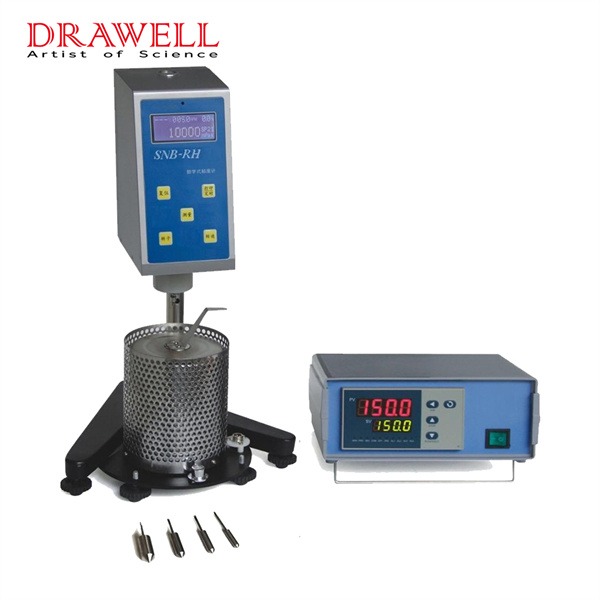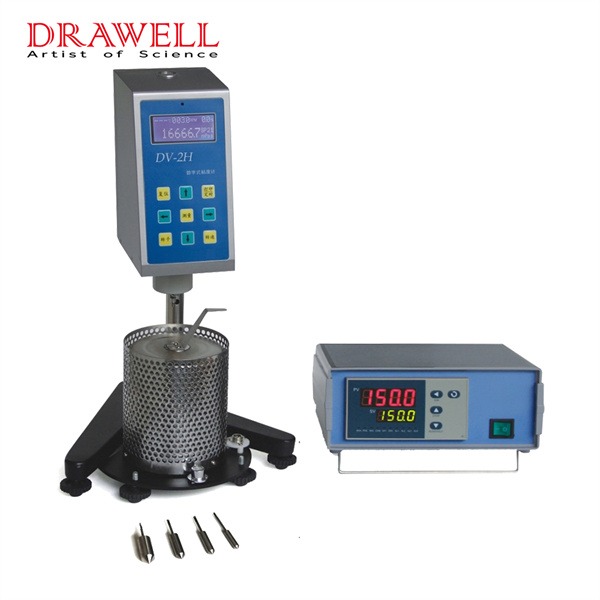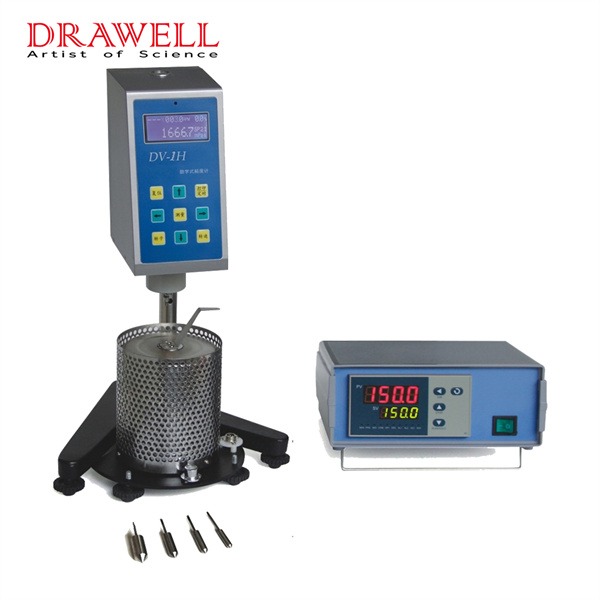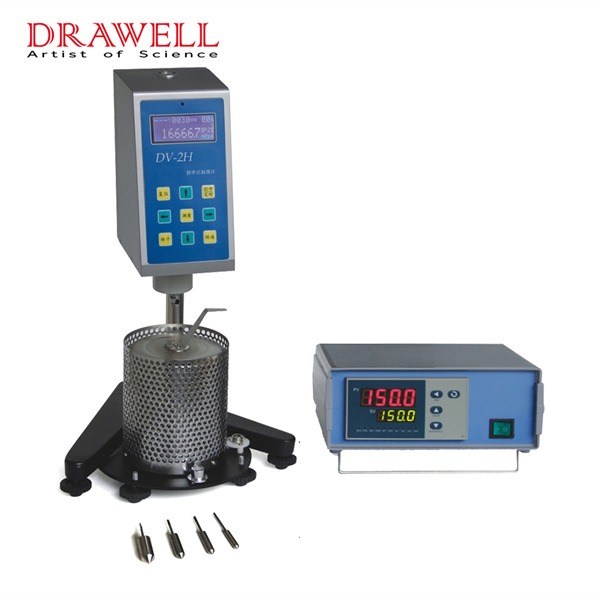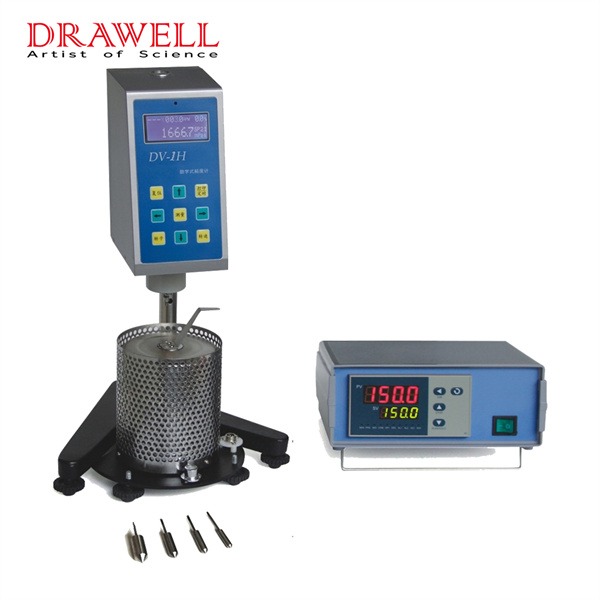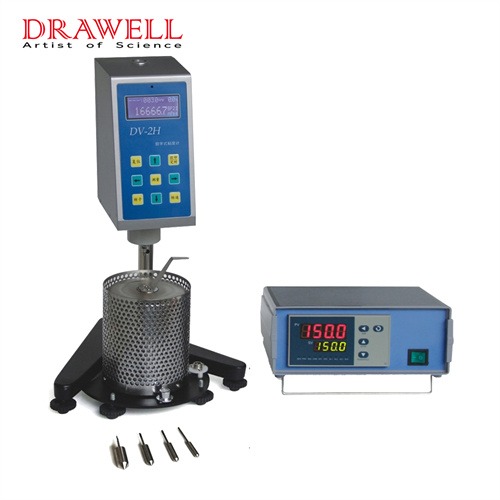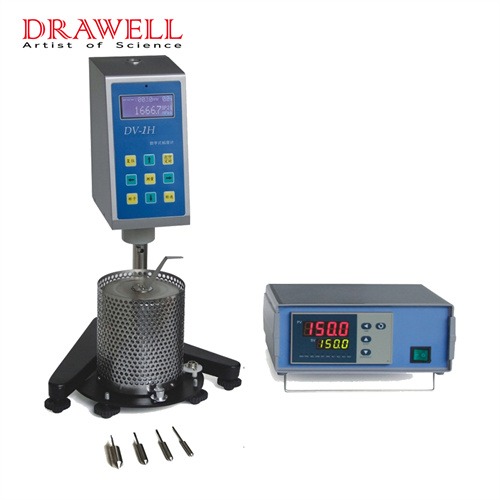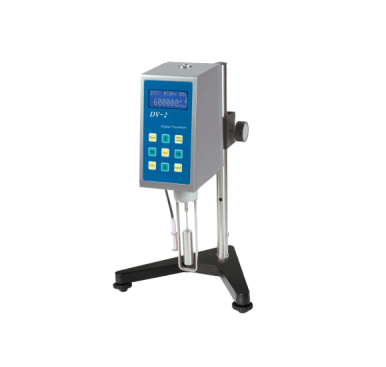Viscosity, a fundamental property of fluids, describes their resistance to flow. It plays a critical role in numerous industries, from food and beverage production to pharmaceuticals and oil exploration. Accurate measurement of viscosity is essential for ensuring product quality, optimizing production processes, and maintaining consistency. Traditional methods of viscosity measurement, however, can be time-consuming, prone to human error, and limited in their capabilities.
Digital viscometers have emerged as a powerful solution, offering a multitude of advantages over their traditional counterparts. This article delves into six key benefits that digital viscometers bring to the table, highlighting their impact on various fields.
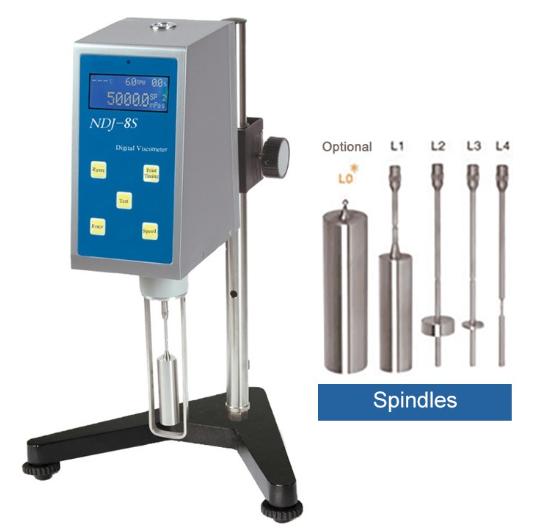
6 Common Advantages of Digital Viscometers
1. Increased Accuracy and Precision
Traditional viscometers, such as glass capillary viscometers, rely on manual observations and calculations, which can be susceptible to human error. Factors like operator technique, temperature fluctuations, and timing variations can all contribute to inaccurate readings. Digital viscometers address this issue by automating the entire measurement process.
These instruments employ sophisticated sensors to detect the resistance of the fluid to a rotating spindle or a vibrating probe. The collected data is then processed by a built-in microprocessor, which performs complex calculations based on established scientific principles. This eliminates the potential for human error and ensures consistent, highly accurate viscosity readings.
2. Improved Efficiency and Speed
Traditional viscometer methods can be time-consuming, often requiring manual sample preparation, lengthy measurement procedures, and manual data analysis. Digital viscometers significantly enhance efficiency by streamlining the measurement process.
Many models offer features like automatic sample loading, which reduces setup time and eliminates the need for manual manipulation. The automated measurement process itself is often much faster compared to traditional methods, leading to quicker turnaround times for viscosity data. Additionally, digital viscometers eliminate the need for manual calculations, further accelerating the process. This improved efficiency translates to increased productivity and cost savings in laboratories and production facilities.
3. Enhanced Data Collection and Management
Digital viscometers offer a significant advantage in data collection and management compared to traditional methods. These instruments record all measurement data electronically, eliminating the need for manual transcriptions, which can be prone to errors. The stored data can be easily accessed, reviewed, and exported to various formats for further analysis.
This digital data allows for the creation of detailed reports and trend charts, enabling researchers and quality control personnel to identify patterns and correlations between viscosity and other factors like temperature or composition. This empowers informed decision-making, allowing for adjustments to be made in processes or formulations to achieve optimal viscosity levels.
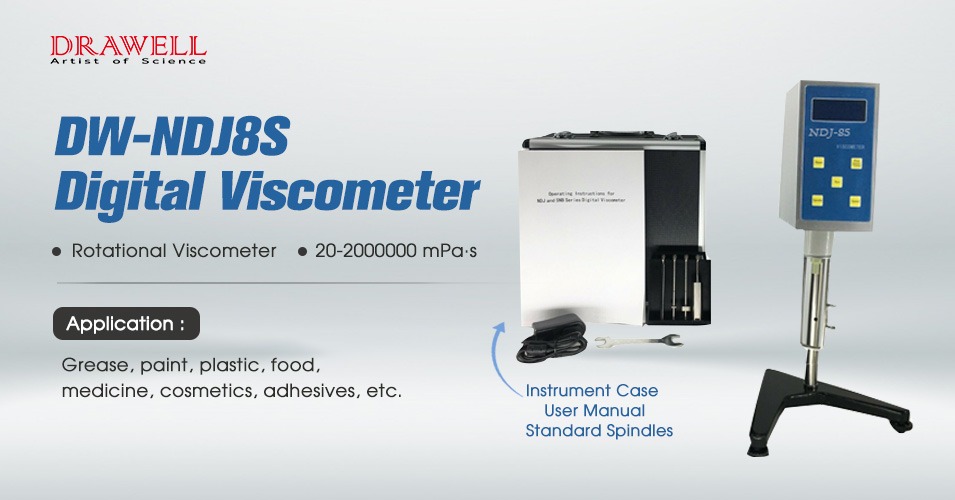
4. Wider Range of Applications
Digital viscometers offer superior versatility compared to traditional methods. They are capable of handling a much broader range of sample types and viscosities. This is due, in part, to the use of various measuring methods. Rotational viscometers, for example, employ spindles of different geometries and sizes, allowing them to measure the viscosity of fluids with low to high viscosity ranges.
Additionally, some digital viscometers utilize vibrational techniques, which can be particularly useful for measuring the viscosity of shear-sensitive samples or those containing suspended particles. This wider range of applicability makes digital viscometers ideal for a multitude of industries, from the quality control of paints and coatings to the characterization of complex biological fluids.
5. User-friendly Operation and Interface
Digital viscometers are designed with user-friendliness in mind. Many models boast intuitive interfaces with clear displays that provide real-time data visualization. This allows operators of varying skill levels to easily understand and interpret the viscosity measurements.
Furthermore, some digital viscometers come equipped with pre-programmed test profiles for commonly measured materials. These profiles automatically configure the instrument with the appropriate measurement parameters, simplifying the process for routine testing. This user-friendly design ensures ease of operation and reduces the risk of errors due to operator misconfiguration.
6. Improved Safety and Reduced Waste
Digital viscometers offer advantages in terms of safety and waste reduction. Traditional methods often require larger sample volumes for accurate measurement. Digital viscometers, on the other hand, can often achieve accurate results with smaller sample sizes. This reduces the amount of material required for testing, minimizing waste and associated disposal costs.
Additionally, digital viscometers eliminate the risk of exposure to hazardous materials that may be present in some samples. The automated nature of the measurement process minimizes operator interaction with the sample, reducing the potential for accidents or spills.
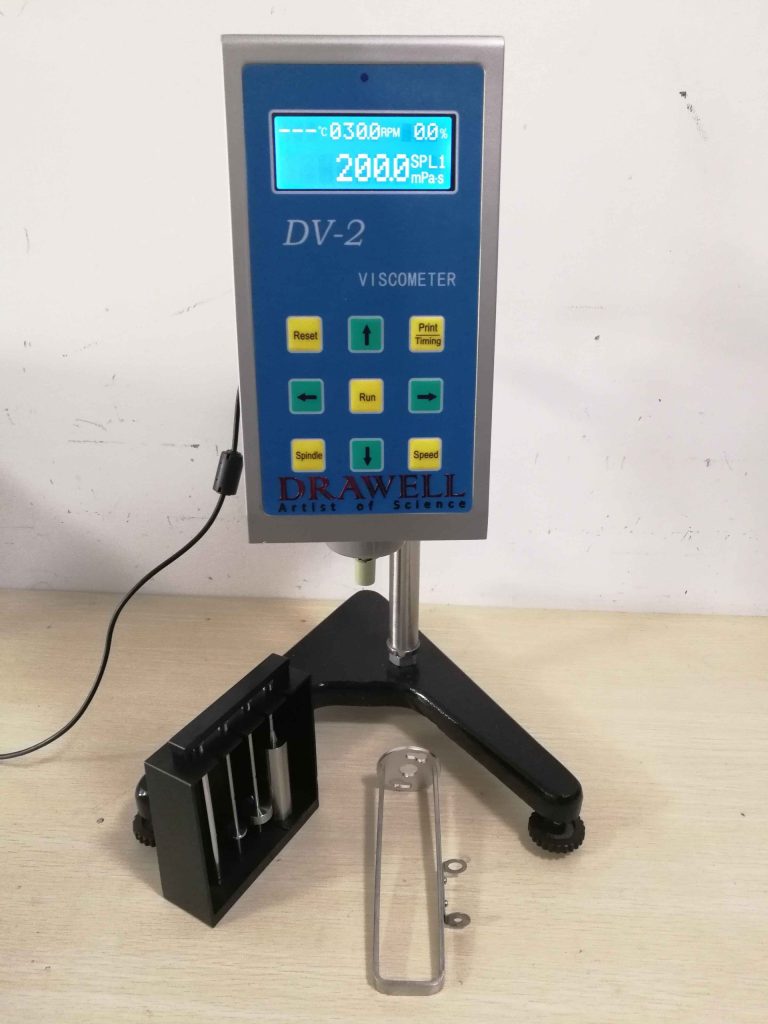
Conclusion
Digital viscometers have undeniably transformed the landscape of viscosity measurement. By eliminating human error, streamlining processes, and offering superior data management, these instruments empower researchers and quality control professionals to gain deeper insights into material behavior. The wider range of applications and user-friendly design further enhance their value proposition across diverse industries.
Looking ahead, continuous advancements in digital technology promise even greater capabilities for viscometers. We can expect to see further miniaturization of instruments, enabling portability and on-site measurements. Integration with artificial intelligence could lead to automated analysis and real-time process control. The future of viscosity measurement undoubtedly lies with digital innovation and digital viscometers are poised to remain at the forefront of this exciting evolution.

